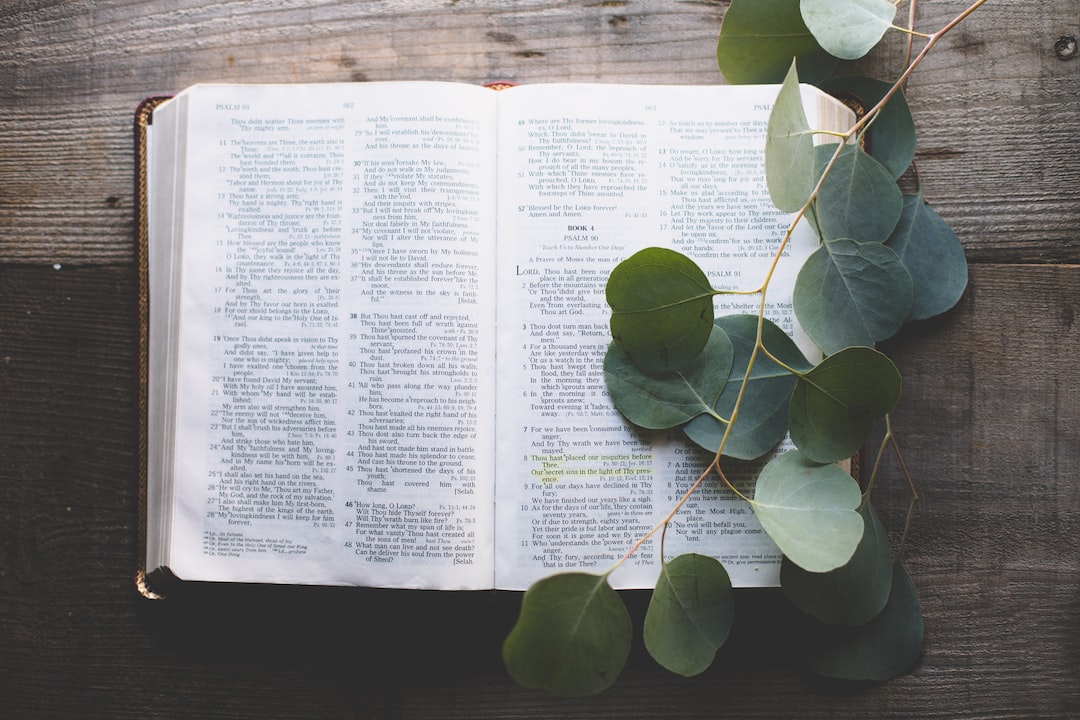Exploring the Similarities and Differences between Religious Holidays
Religious holidays hold a special place in the hearts of believers worldwide. These joyous occasions serve as sacred reminders of faith, tradition, and cultural heritage. While religions may differ in their beliefs and practices, we often find striking similarities when it comes to celebrating these sacred times. In this blog post, we will delve into the world of religious holidays and explore both their shared elements and unique features across various faiths.
One of the most widely recognized religious holidays is Christmas, celebrated on December 25th by Christians worldwide. As a commemoration of the birth of Jesus Christ, this joyous festival encompasses various traditions such as decorating Christmas trees, exchanging gifts, and gathering with loved ones. Interestingly, the theme of light plays a significant role in many religious holidays, including Christmas. The idea of light illuminating darkness can also be found in the Jewish holiday of Hanukkah, the Festival of Lights.
Hanukkah, typically observed in late November to late December, spans eight days of celebration. Jews light a menorah, adding one candle each night, representing the miracle of one day’s worth of oil burning for eight days in the ancient Temple. This lighting ceremony symbolizes hope, dedication, and the triumph of good over evil. The festive atmosphere involves playing dreidel, a spinning top, and enjoying delicious fried foods, including latkes and sufganiyot. Despite the different religious context, the importance of light and spreading joy is a common thread between Christmas and Hanukkah.
Another significant holiday, celebrated by Muslims worldwide, is Eid al-Fitr. This festival marks the end of Ramadan, the holy month of fasting. After a month of self-reflection, fasting, and prayers, Muslims come together to celebrate with family and friends. The day begins with communal prayers, followed by sharing meals and giving to the less fortunate. In a similar vein, the Christian holiday of Easter commemorates the resurrection of Jesus Christ. It is a time of deep introspection, fasting, and prayer, culminating in a festive celebration with loved ones. Both Eid al-Fitr and Easter emphasize the importance of community, gratitude, and spreading kindness.
Moving eastward, the Hindu festival of Diwali holds great significance within the Indian community. Known as the Festival of Lights, Diwali celebrates the victory of light over darkness and good over evil. People light oil lamps and decorate their homes with colorful rangoli patterns. Fireworks illuminate the night sky, and families come together to share sweets and exchange gifts. In a similar vein, the Chinese New Year celebrates the start of the lunar calendar with a vibrant display of fireworks, dragon dances, and lantern festivals. Both Diwali and Chinese New Year share an emphasis on the power of light, purification rituals, and the power of unity.
However, while there are numerous commonalities, each religious holiday also possesses its distinct characteristics. For example, the Islamic holiday of Ashura remembers the martyrdom of Imam Hussein, Prophet Muhammad’s grandson. Muslims observe this day with fasting, special prayers, and participating in religious processions. In contrast, the Jewish holiday of Purim commemorates the escape of the Jewish people from Haman’s plot to destroy them. This lively festival involves reading the Book of Esther, wearing costumes, and sharing food baskets with neighbors and friends.
Furthermore, the Buddhist festival of Vesak celebrates the birth, enlightenment, and death of Gautama Buddha. Buddhists partake in meditation, visiting temples, and performing acts of generosity. In contrast, the Sikh holiday of Vaisakhi marks the formation of Khalsa, a brotherhood of baptized Sikhs. It includes Nagar Kirtan (religious processions), community service, and prayers in the Gurdwara (Sikh place of worship).
Religious holidays hold immense significance, serving as a reminder of our shared spiritual beliefs and cultural diversity. While their specific practices and beliefs may differ, underlying themes of unity, faith, and hope shine through in each celebration. As we explore the similarities and differences between these sacred occasions, it only serves to deepen our understanding, respect, and appreciation for one another, fostering a world of compassion and harmony.

